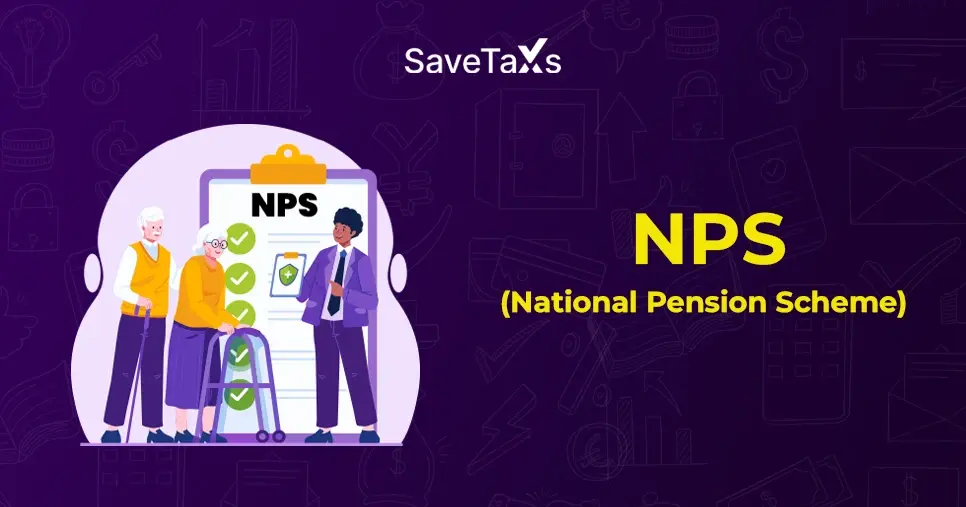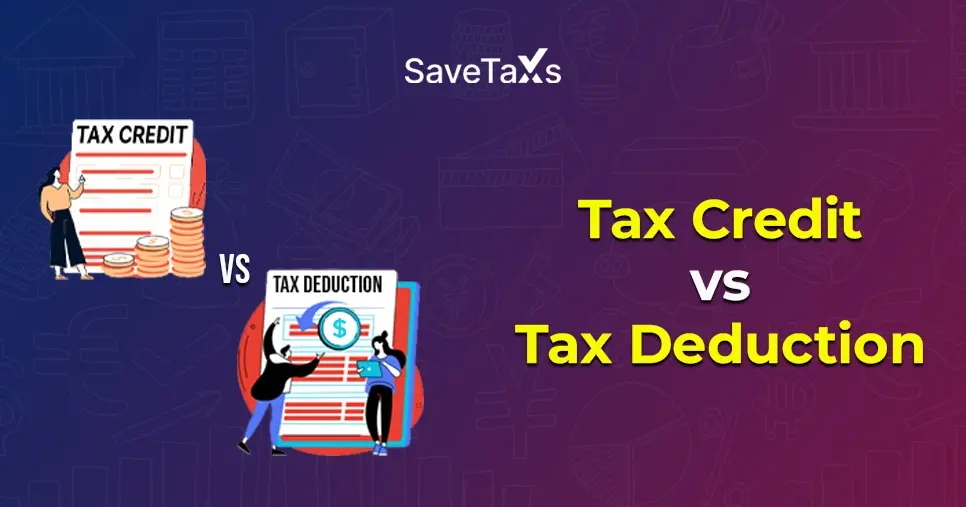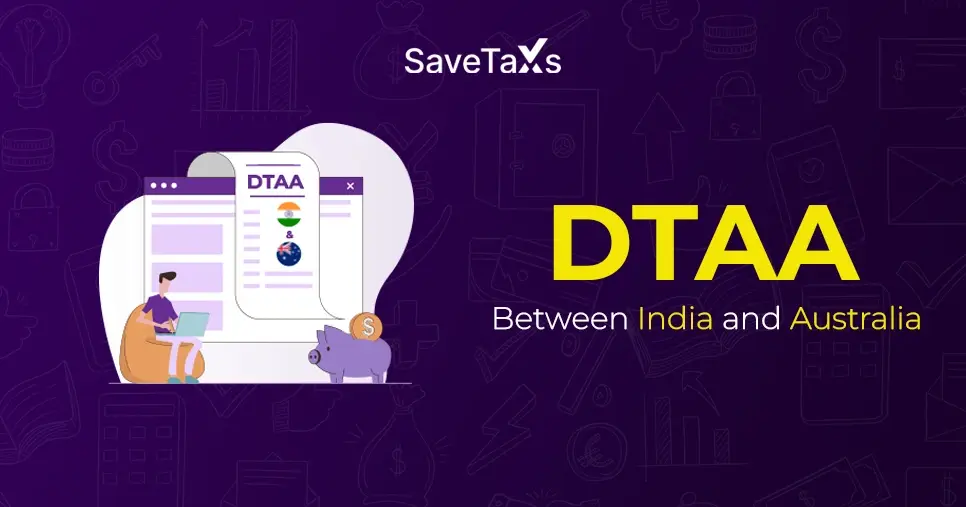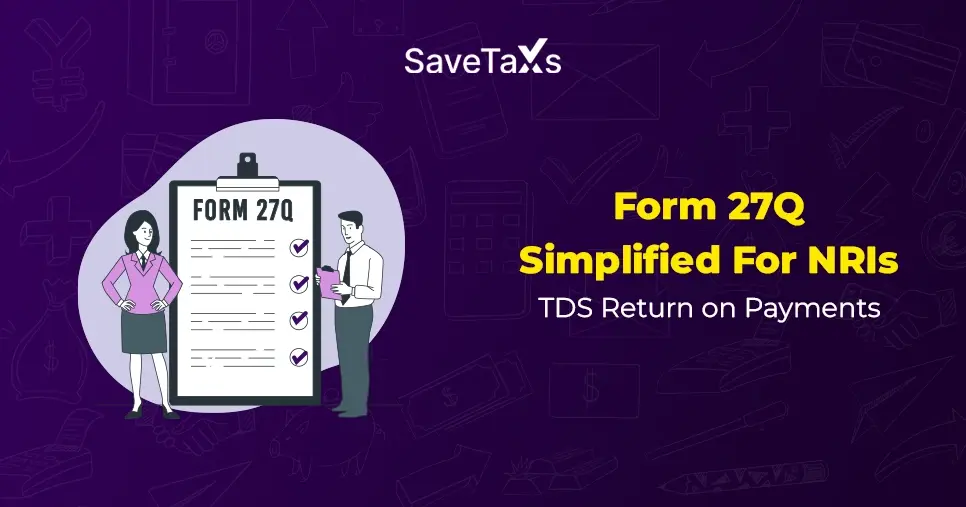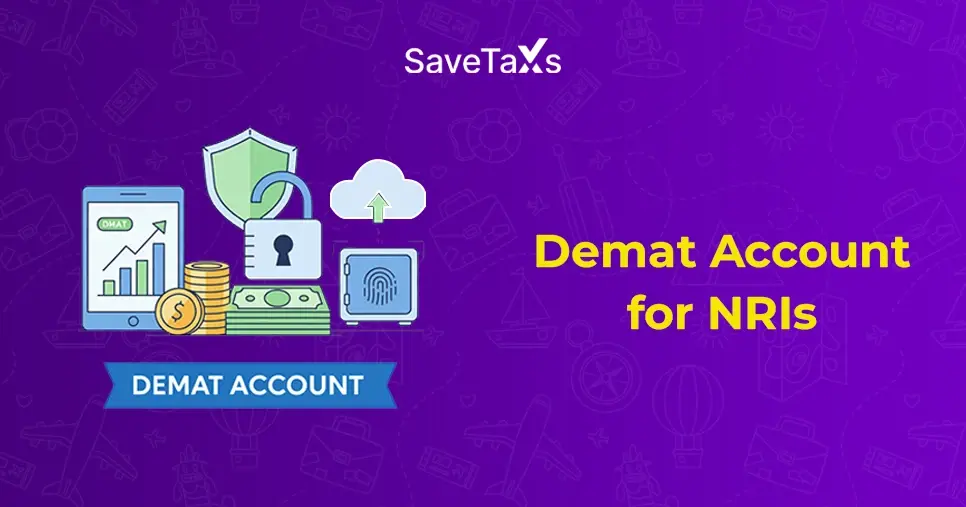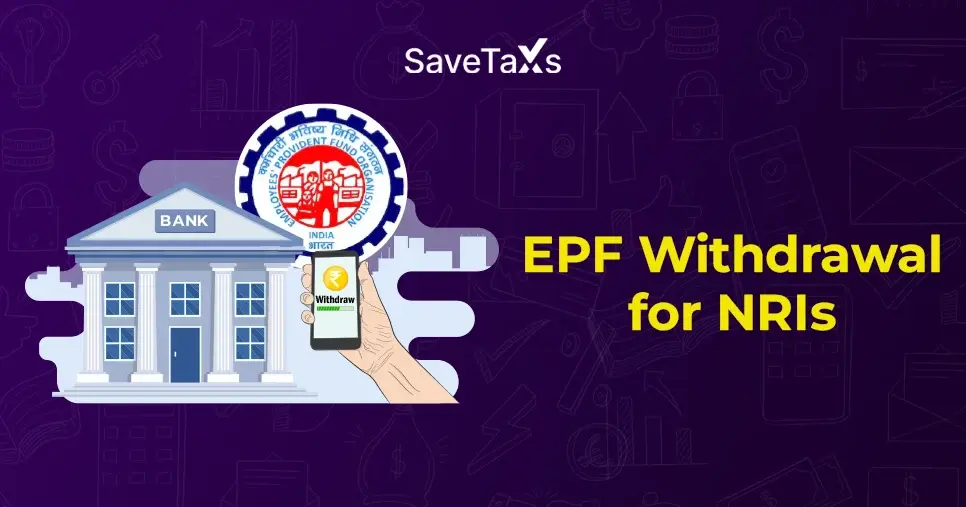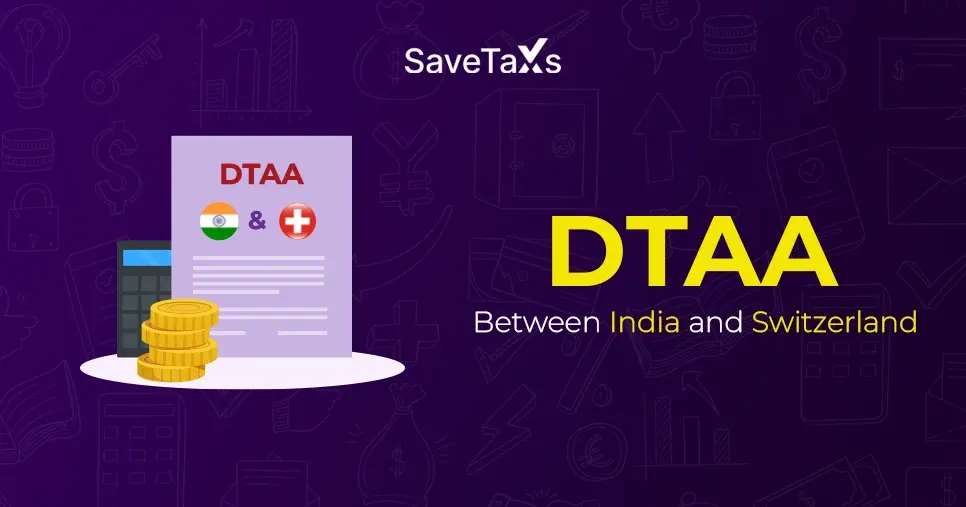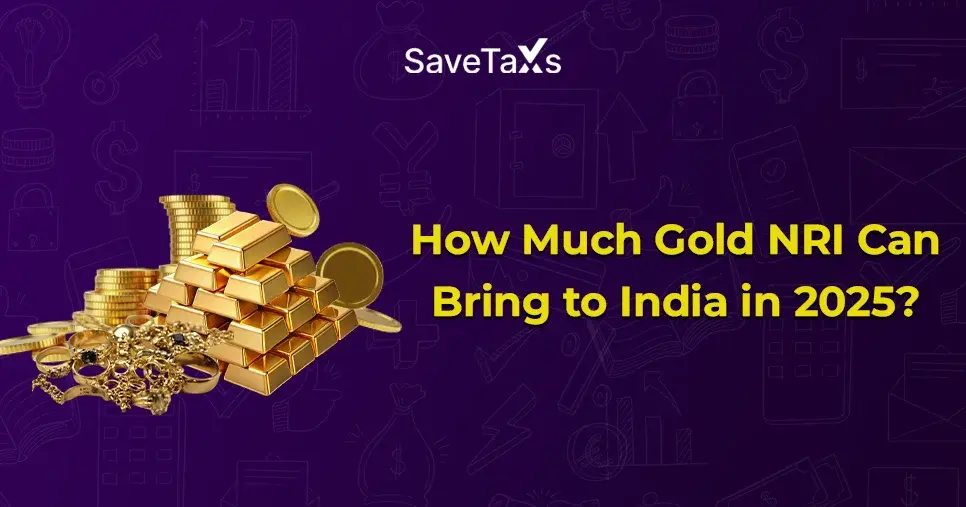Section 115BAC was introduced by the Finance Act of 2020, providing a new and alternative taxation regime. This new tax regime offers lower tax rates and fewer deduction options, and is fully applicable to Non-resident Indians (NRIs).
Both tax regimes offer benefits, with each providing its own share of tax exemptions and deductions. Taxpayers opting for the new regimes can enjoy lower tax rates, but they must forgo many of their deductions and exemptions under the old standard tax regimes.
Many people find it complicated to understand Section 115BAC and its impact on their tax obligations. NRIs who lack proper tax knowledge are also confused about which tax regime—old or new—to choose.
By the end of this blog, you will have a complete end-to-end understanding of Section 115BAC as an NRI, and which regime you must choose. Additionally, you will understand the NRI-specific eligibility criteria and a clear comparison between the two regions to help you choose better.
Key Takeaways
- Section 115BAC offers lower tax rates than the old standard regimes.
- The new tax regime has become the default option for taxpayers filing their income tax returns. For taxpayers who want the old regime, they must actively opt for it.
- Section 115BAC offers lower tax rates but fewer tax deductions and exemptions, such as those under Sections 80C, 80D, 24(b), and more, that are not available.
- Tax rebates under section 87A do not apply to NRIs.
Eligibility Criteria for NRIs Under Section 115BAC
Non-resident individuals are eligible for the new taxation rates under Section 115BAC of the Income Tax Act. In fact, the Financial Act 2024 has made the new taxation regimes the default for NRIs. Meaning the new regime automatically applies to NRIs unless they choose the old tax regime.
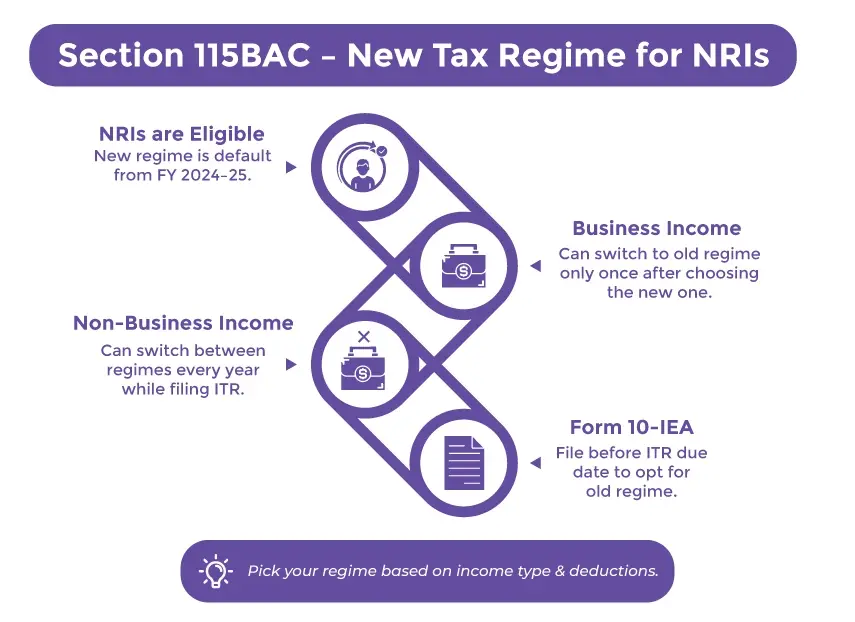
Pointers That Non-Resident Indian (NRIs) Must Consider
- Non-Business Income: As an NRI, if you have a non-business income, you can switch tax regimes in every financial year while filing your ITR.
- Business Income: As an NRI, if you have business income, then you can opt for the old regime only once in your lifetime after choosing the new taxation regime.
- Form 10-IEA: Ensure that under section 139(1), Form 10-IEA is filed before the due date to switch to the old tax regime.
Choosing the taxation regime depends entirely on the source of your Indian income and the applicable deductions.
New Tax Regime vs Old Tax Regime
For NRIs earning income in or from India, choosing the right tax regimes is an essential decision. As both regimes have different advantages, to make an informed choice, please consider the table mentioned below.
The table highlights the key differences between the two taxation regimes.
| Feature |
Old Tax Regime |
Tax Regime (Section 115BAC) |
| The basic exemption limit |
Rs 2.5 Lakh |
Rs 4 Lakh (FY 2025-26)
|
| Deductions such as 80C or 80D |
Allowed |
Not Allowed |
| Slab Rates |
Higher with fewer slabs |
Lower with more slabs |
| Best For |
NRIs with investments and deductions |
NRIs who do not have significant deductions and prefer a more straightforward filing method. |
| Standard Deduction in the new tax regime |
Rs 50,000 |
Rs 75,000 |
Tax Slab Rates Under Section 115BAC
Every year, the government of India makes changes to the new tax regime to make it more lucrative for taxpayers. Hence, the income tax slab rates for the new tax regime for FY 2025-26 were further relaxed.
The table below lists the tax slabs and their respective tax rates for the financial year 2025-26 (AY 2026-27).
| Tax Slab for FY 2025-26 |
Tax Rates |
| Up to Rs 4 Lakh |
NIL |
| Rs 4 Lakh - Rs Lakh |
5% |
| Rs 8 Lakh - Rs 12 Lakh |
10% |
| Rs 12 Lakh - Rs 16 Lakh |
15% |
| Rs 16 Lakh - Rs 20 Lakh |
20% |
| Rs 20 Lakh - Rs 24 Lakh |
25% |
| Above Rs 24 Lakh |
30% |
Please note that non-resident Indians, Hindu Undivided Families (HUFs), and other assesses are not eligible for the tax relief rebates.
Income Tax Surcharge
Income tax surcharges are not tax calculations; they are a certain percentage of the income tax already payable by the taxpayer. Usually, high-income taxpayers are subject to the surcharge provisions under the IT Act. Those taxpayers who have just crossed the threshold limits are repaying the surcharge and can claim the marginal relief.
For individuals, the surcharge rate is as follows:
- 5% for income between 50 lakhs to 1 crore.
- 15% for income between 1 crore to 2 crore.
- 25% for income between 2 crore to 5 crore.
An Example Calculation For NRIs: New vs Old Tax Regime
Let us say an NRI earns Rs 55 lakh in a financial year. Then the same person will pay Rs 16.73 Lakh under the Old tax regime and Rs 14.07 Lakh under the new Tax regime.
As seen, the new tax regime brings in a tax saving of about Rs 2.65 Lakhs.

Deduction And Exemptions Available And Unavailable For NRIs Under Section 115BAC.
The new tax regime is known for lower tax rates and fewer deductions. Meaning there is a long list of deductions that are unavailable under the new tax regulations, but it does offer some tax-saving options.
Here is a list of a few tax deductions and exemptions available under the new tax regime:
- The standard deduction in the new tax regime of Rs 75,000 applies.
- Interest on a home loan for a let-out property (there is no upper limit).
- As per section 80CCD(2), the employer's NPS contributions (now 14%).
- Family pension income deductions as per section 57(iia) of up to Rs 25,000.
- Gratuity, leave encashment, VRS benefits (exempted).
- Additional employee cost deductions as per Section 80JJAA.
- Gifts up to Rs 50,000 (tax-free) and a few more.
- Exemptions available in voluntary retirement under section 10(10C), leave encashment under section 10(10AA), and gratuity under section 10(10).
- Tax deduction available for additional employment costs and a few more.
Tax Deductions & Exemptions Not Claimable Under The New Tax Regime
Here is a list of some of the significant deductions and exemptions, out of many, that cannot be claimed under section 115BAC or the new tax regime.
- The standard deduction u/s 80TTB/80TTA.
- Entertainment allowance and professional tax on salaries.
- Leave travel allowance (LTA).
- House rent allowance (HRA).
- Helper Allowance.
- Minor child income allowance.
- Allowance to MPs/MLAs.
- Special allowance under section 10(14).
- Children's education allowance
- Special allowances u/s 10(14).
- Employees' own contribution to NPS.
- Tax deductions under section 32AD, 33AB, and 33ABA.
The Bottom Line
The main objective of Section 115BAC of the Income Tax Act is to simplify tax calculations for NRIs earning income in India, and it has. Choosing the correct tax regime depends entirely on your personal finances and choices.
Let us say you are an NRI with highly deductible investments or a home loan beneficiary, then you might benefit from the old standard tax regime, whereas if you are a person with minimal deductions, you might find the new tax regime to be tax-efficient.
To make an informed deduction, it is essential to consult a qualified tax expert in NRI taxation. One such leading expert in NRI taxation is Savetaxs.
Savetax brings more than 30 years of combined experience to NRI Taxation. The experts here go beyond mere problems by tailoring their services to deliver personalized, measurable strategies for your tax issues. With a proven track record of success, Savetaxs has become a trusted partner for anyone seeking NRI taxation expertise on a global scale.
We serve our clients 24/7 across all time zones, so connect with us today and let's make your taxation problems a thing of the past.
Note: This guide is for information purposes only. The views expressed in this guide are personal and do not constitute the views of Savetaxs. Savetaxs or the author will not be responsible for any direct or indirect loss incurred by the reader for taking any decision based on the information or the contents. It is advisable to consult either a CA, CS, CPA or a professional tax expert from the Savetaxs team, as they are familiar with the current regulations and help you make accurate decisions and maintain accuracy throughout the whole process.
 India
India
 USA
Tax Consultancy Services
USA
Tax Consultancy Services



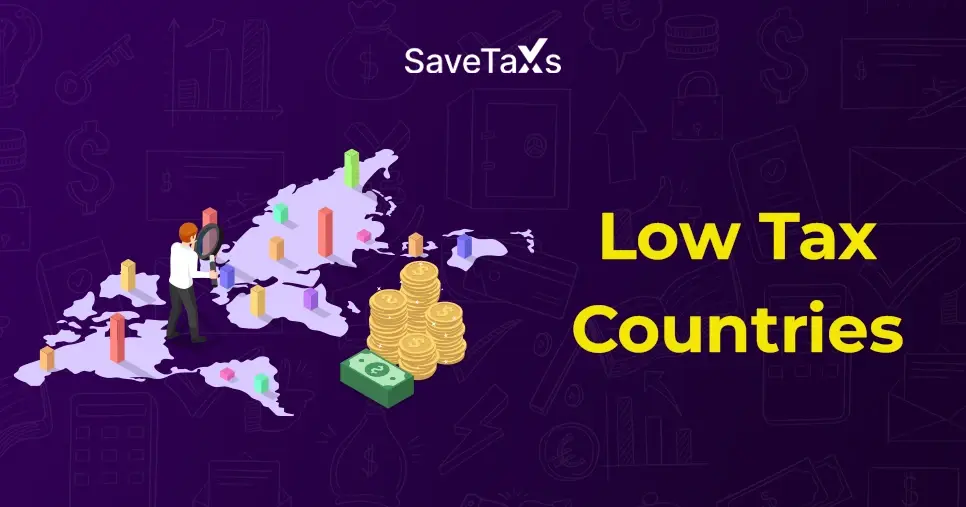
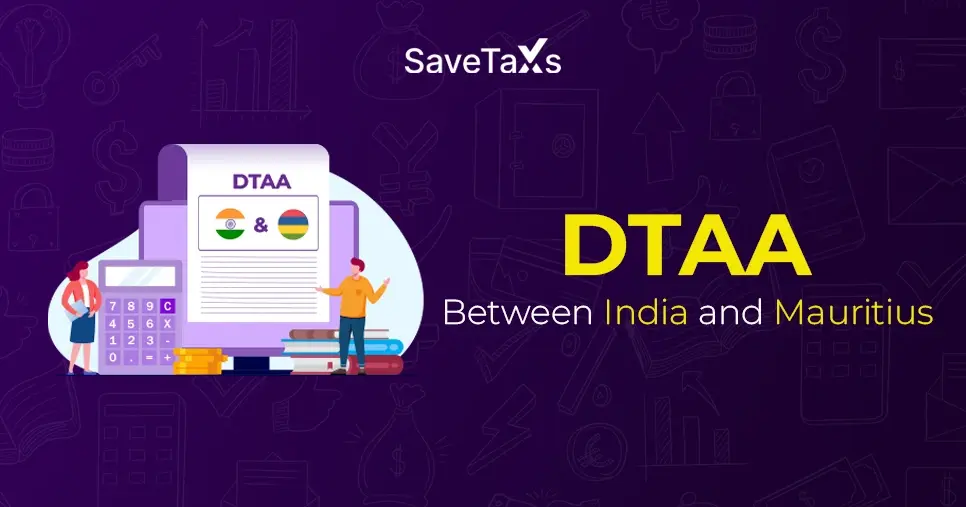
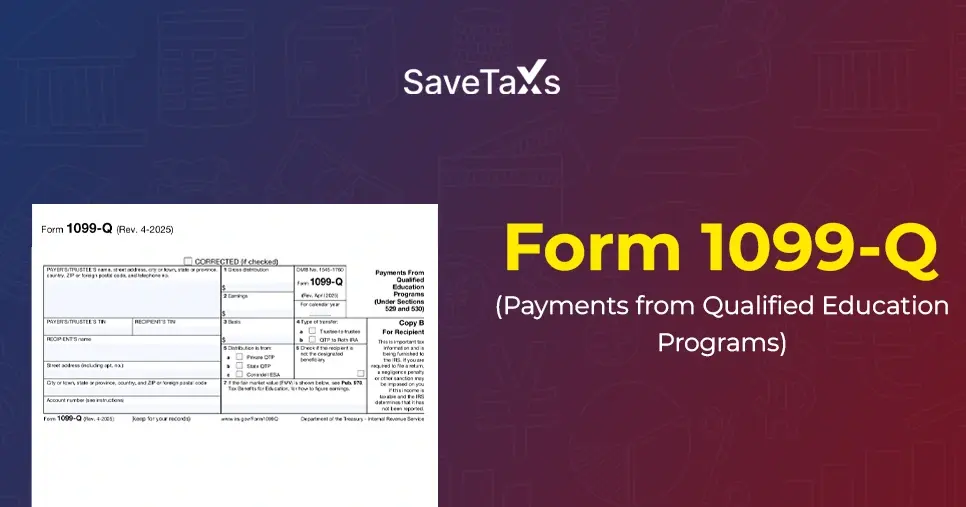
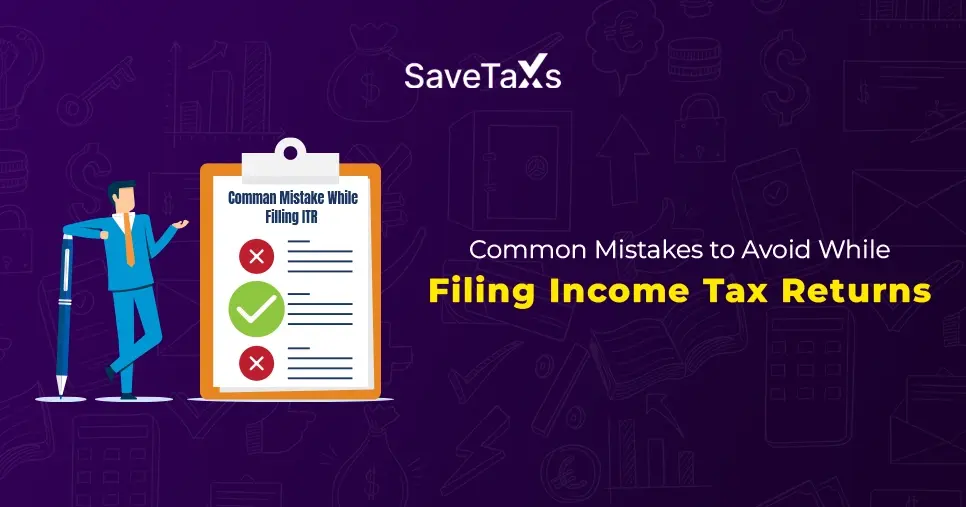
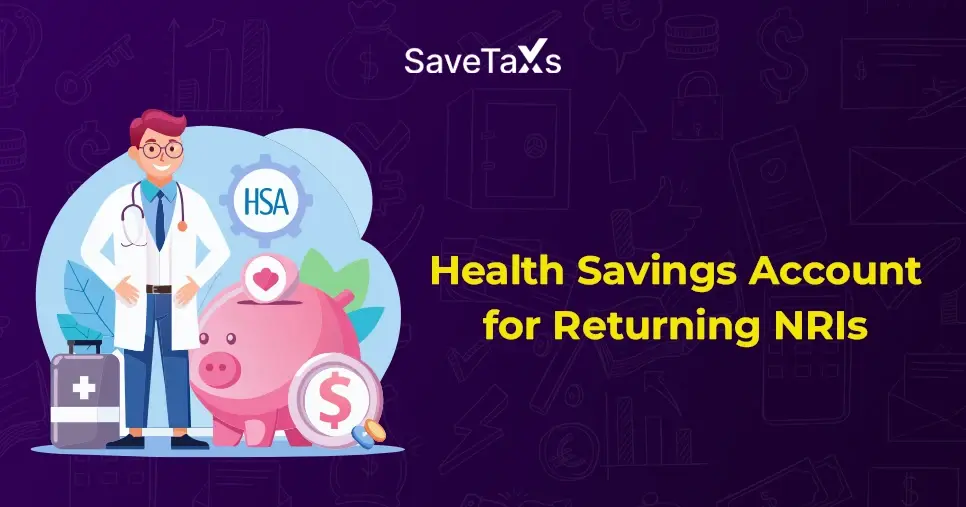
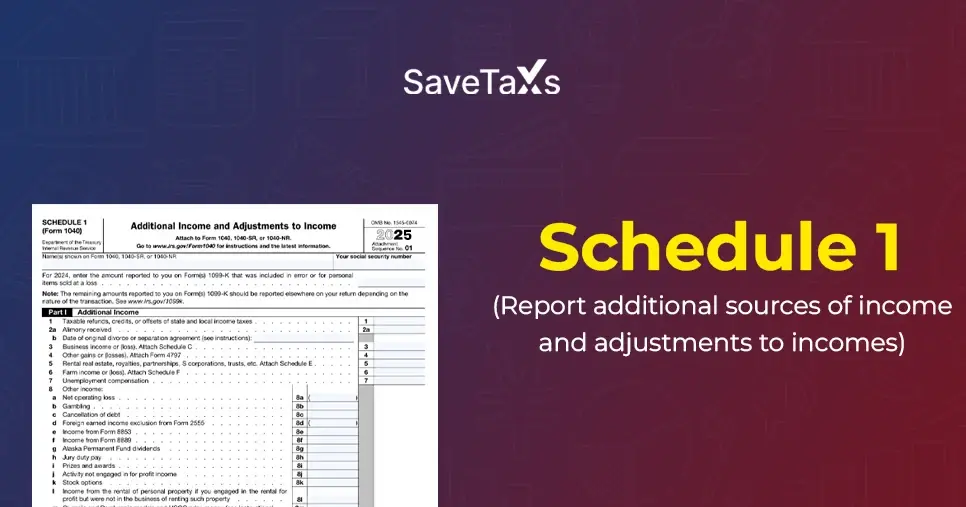

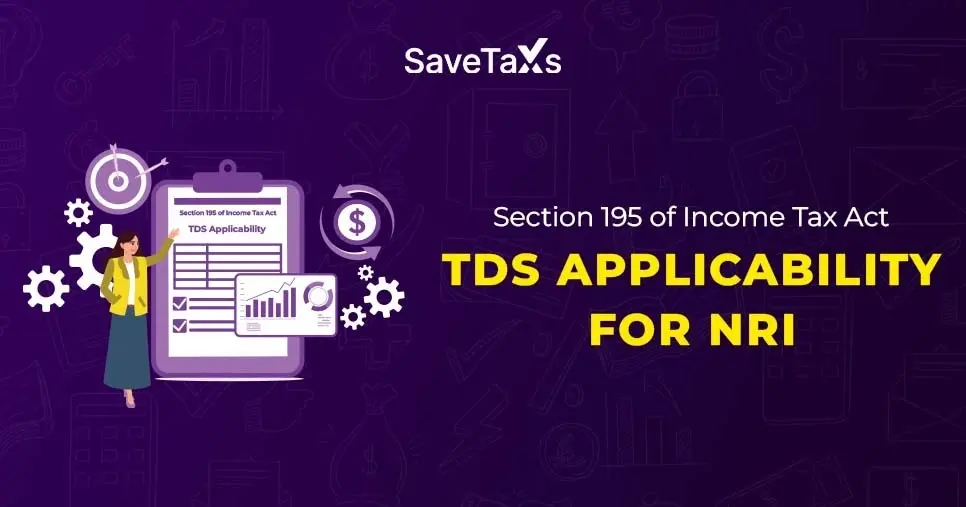
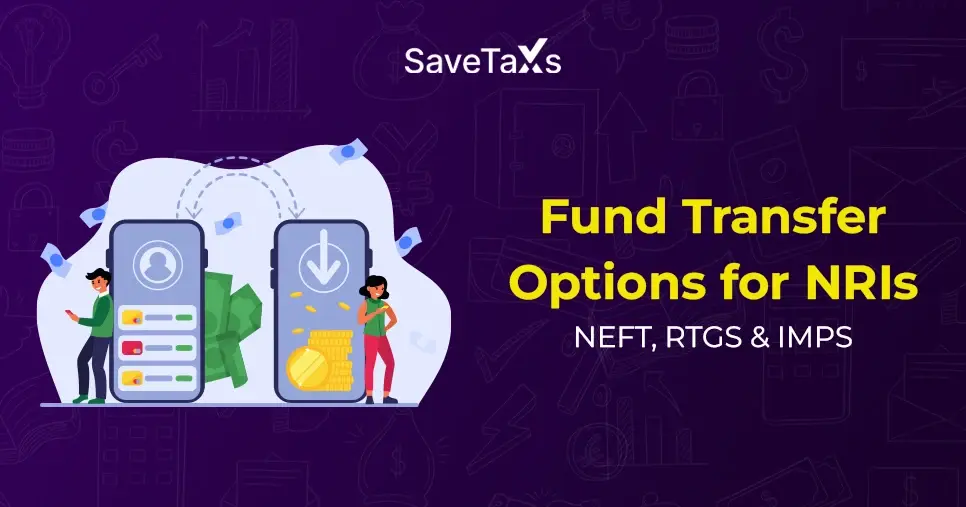
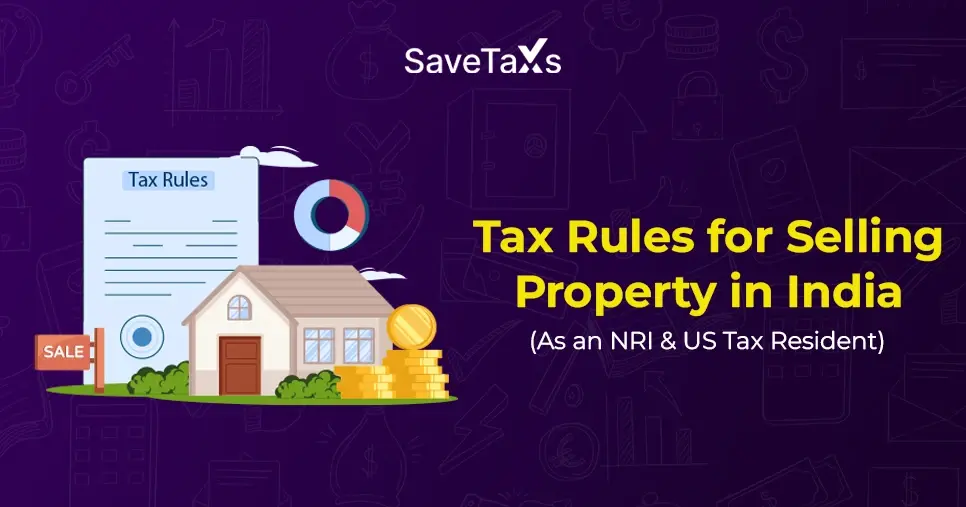
-in-the-USA_1762862398.webp)
